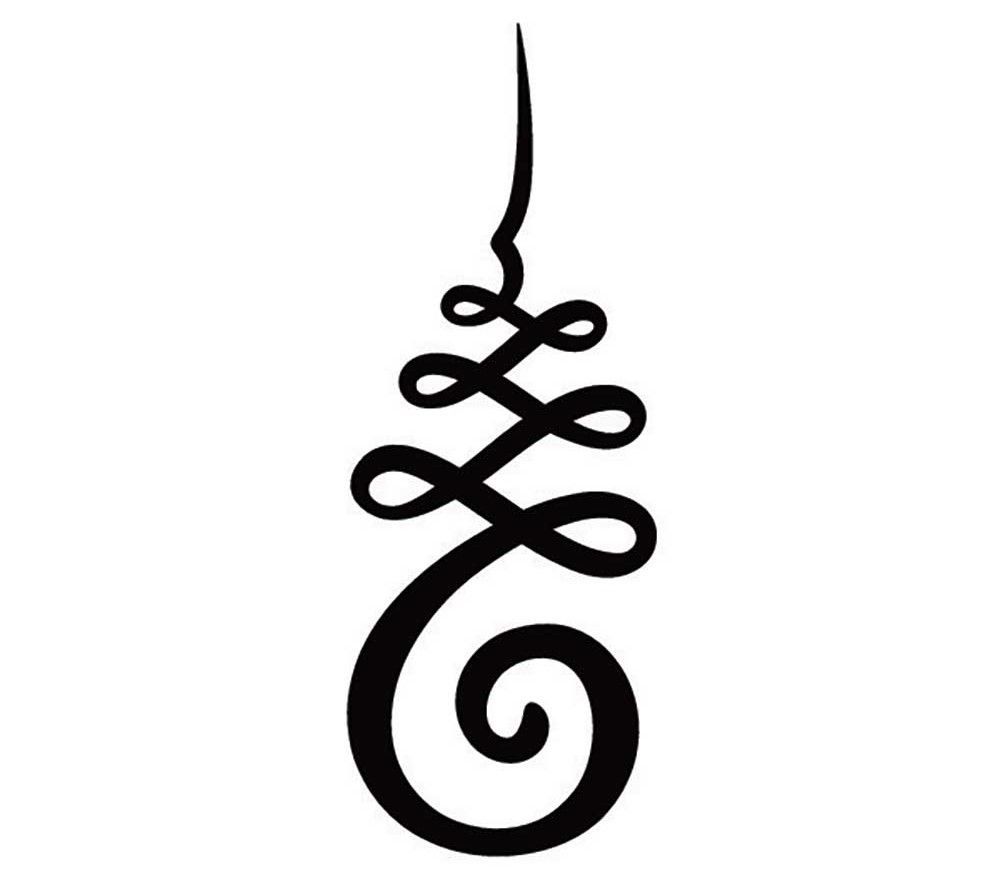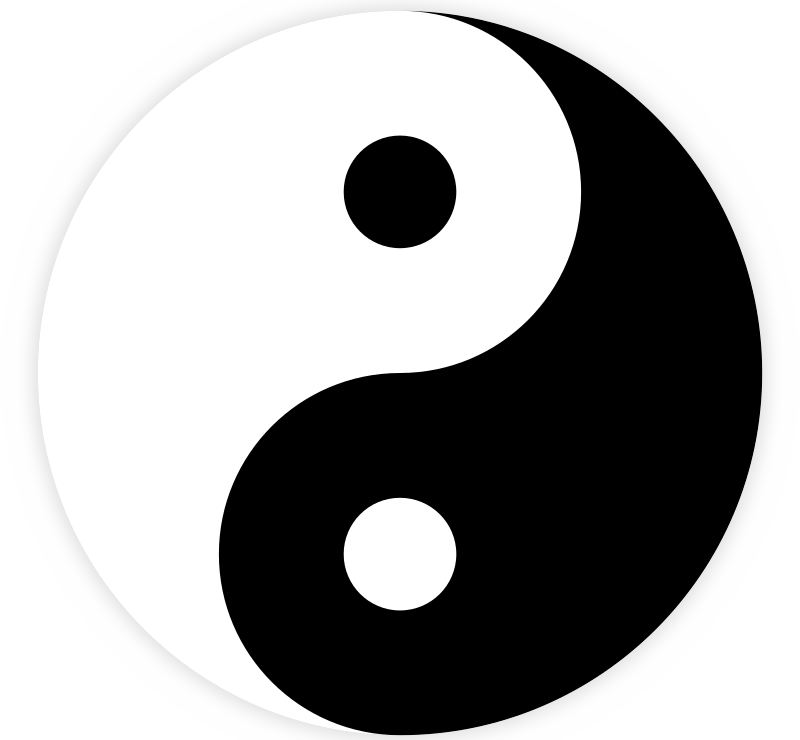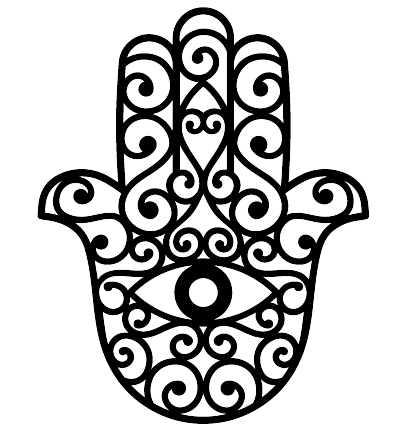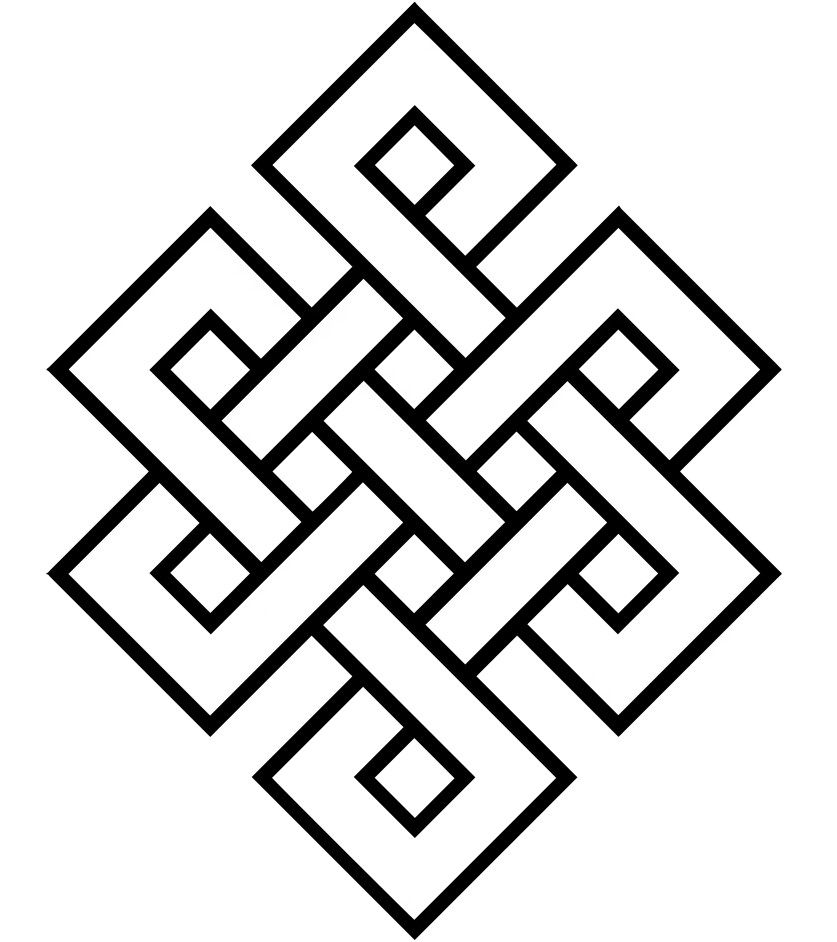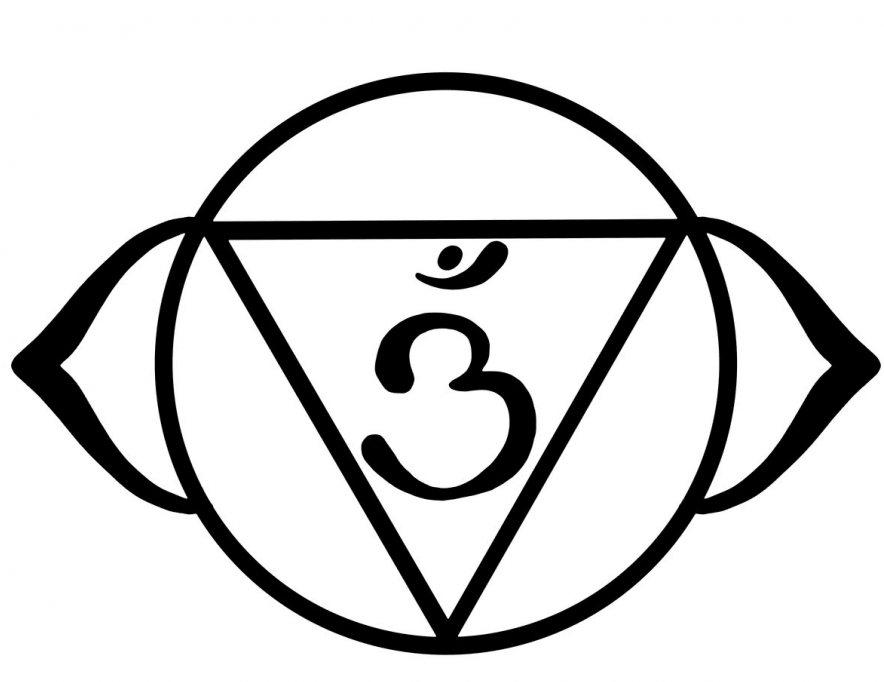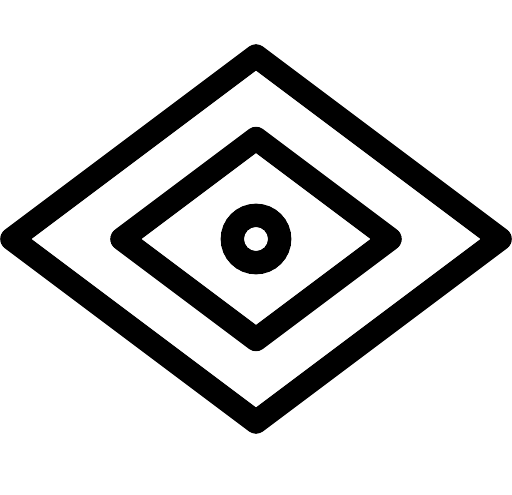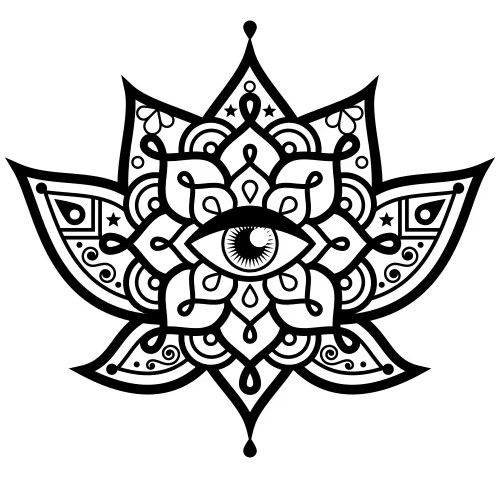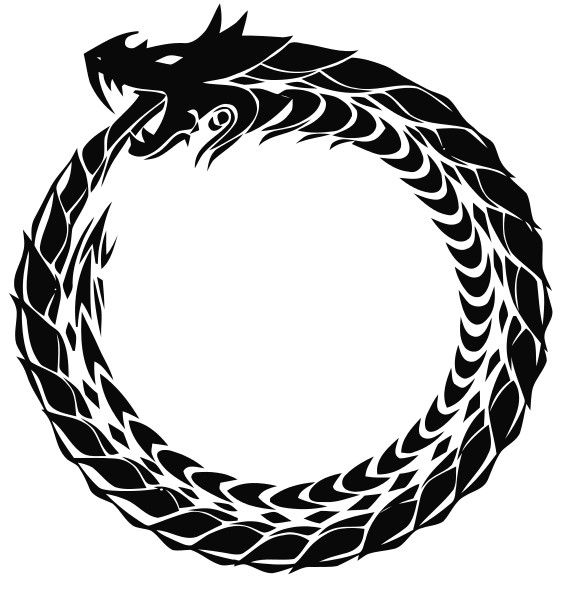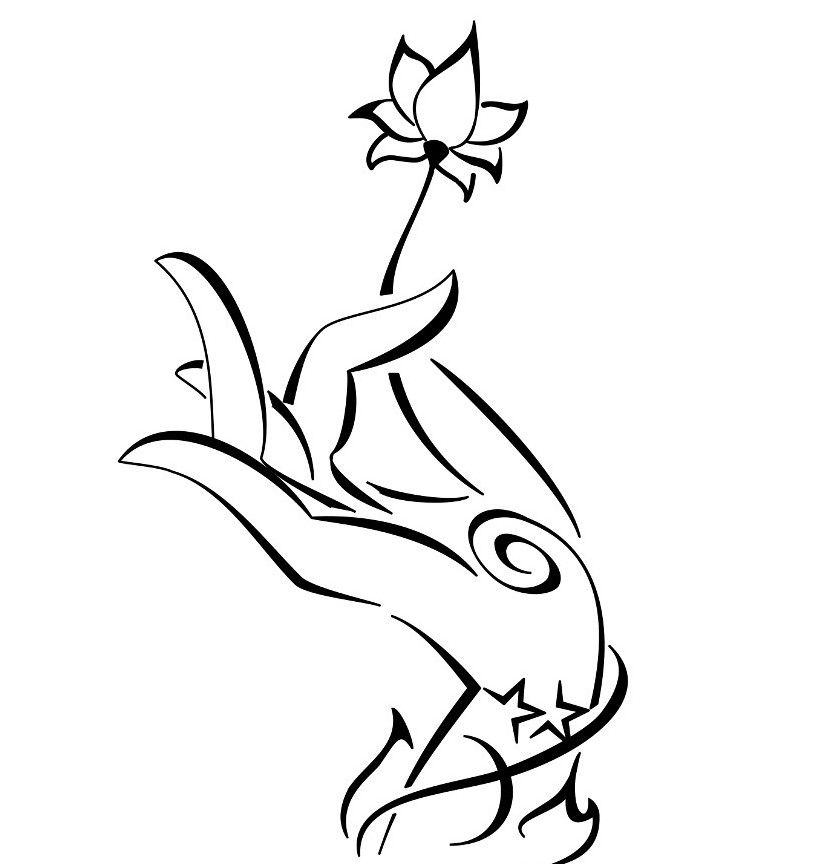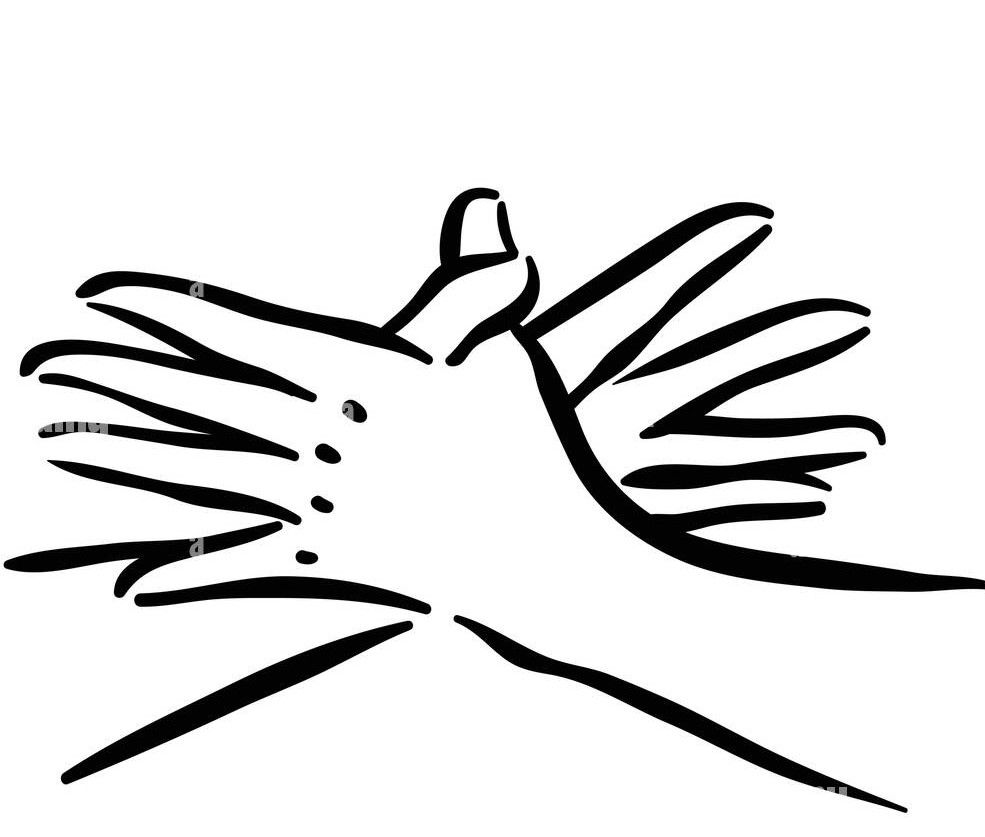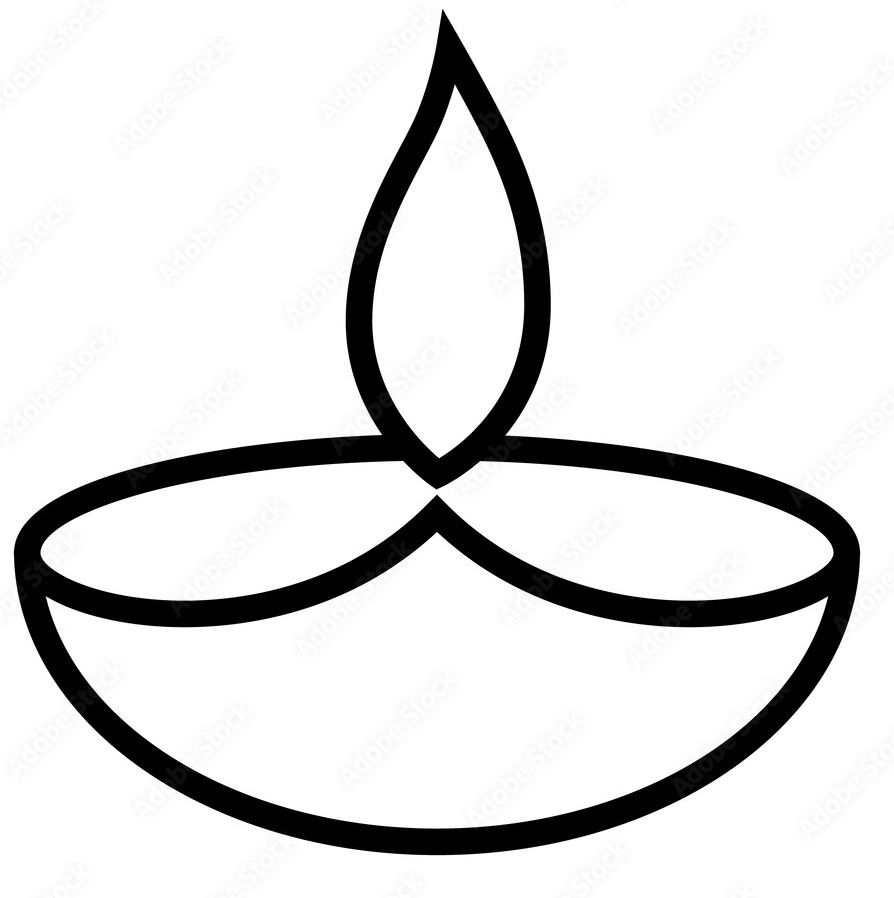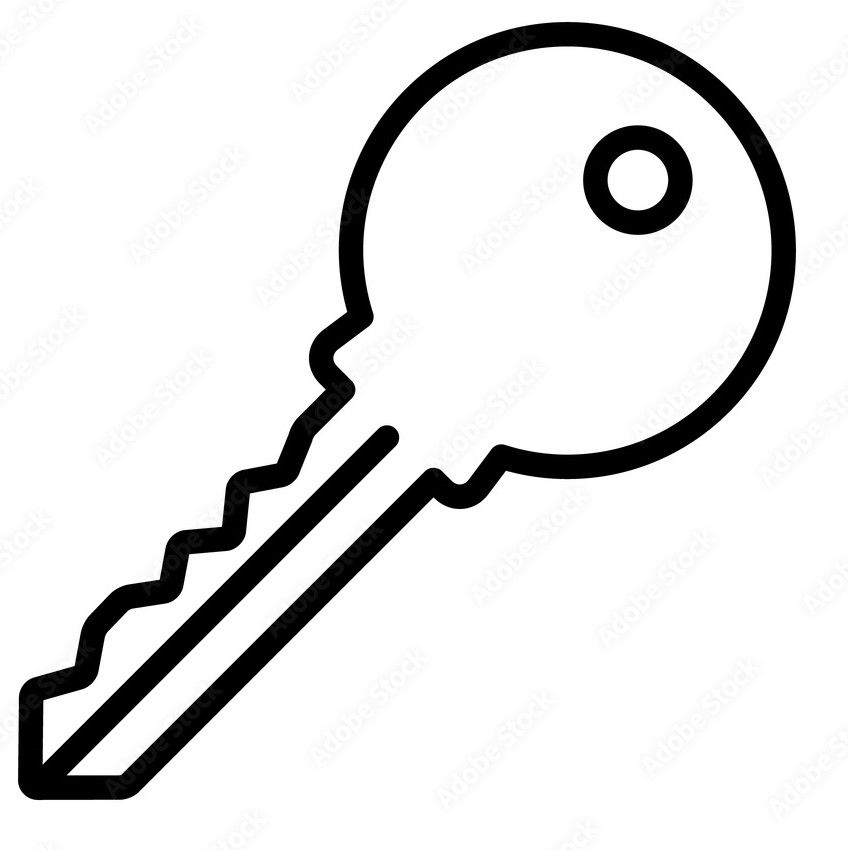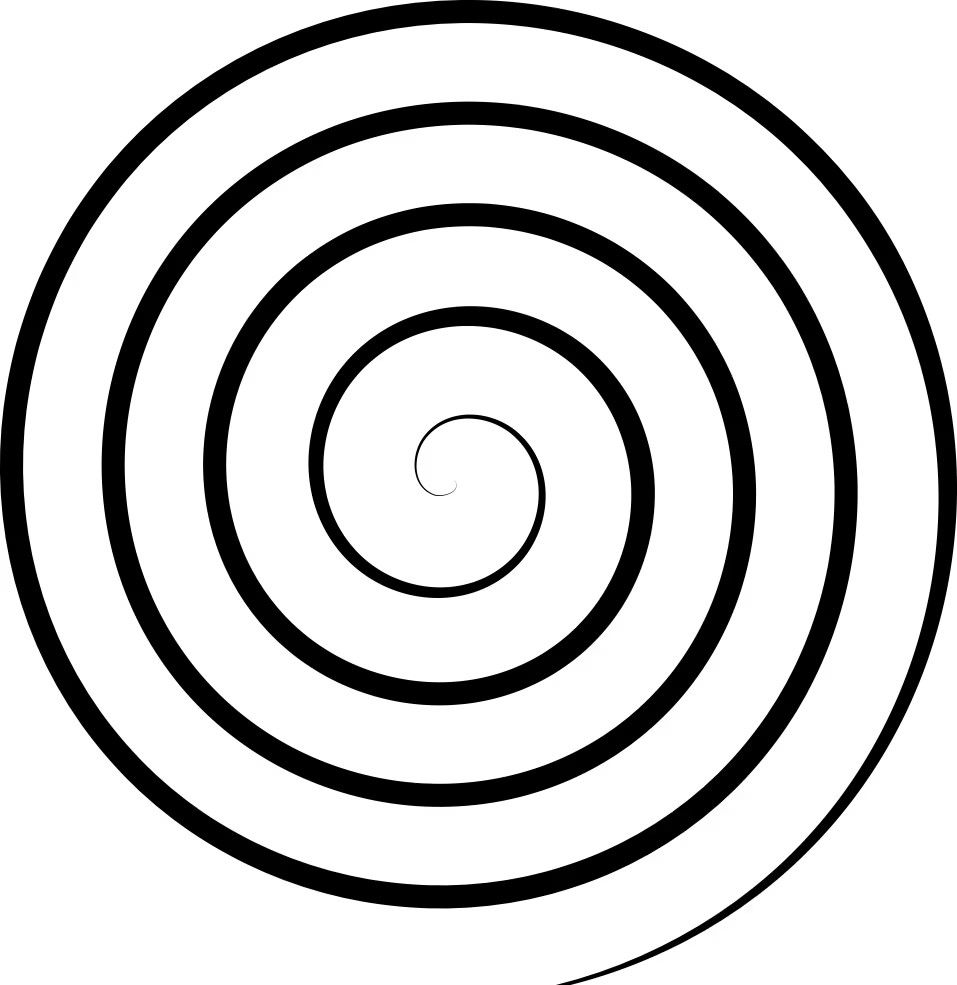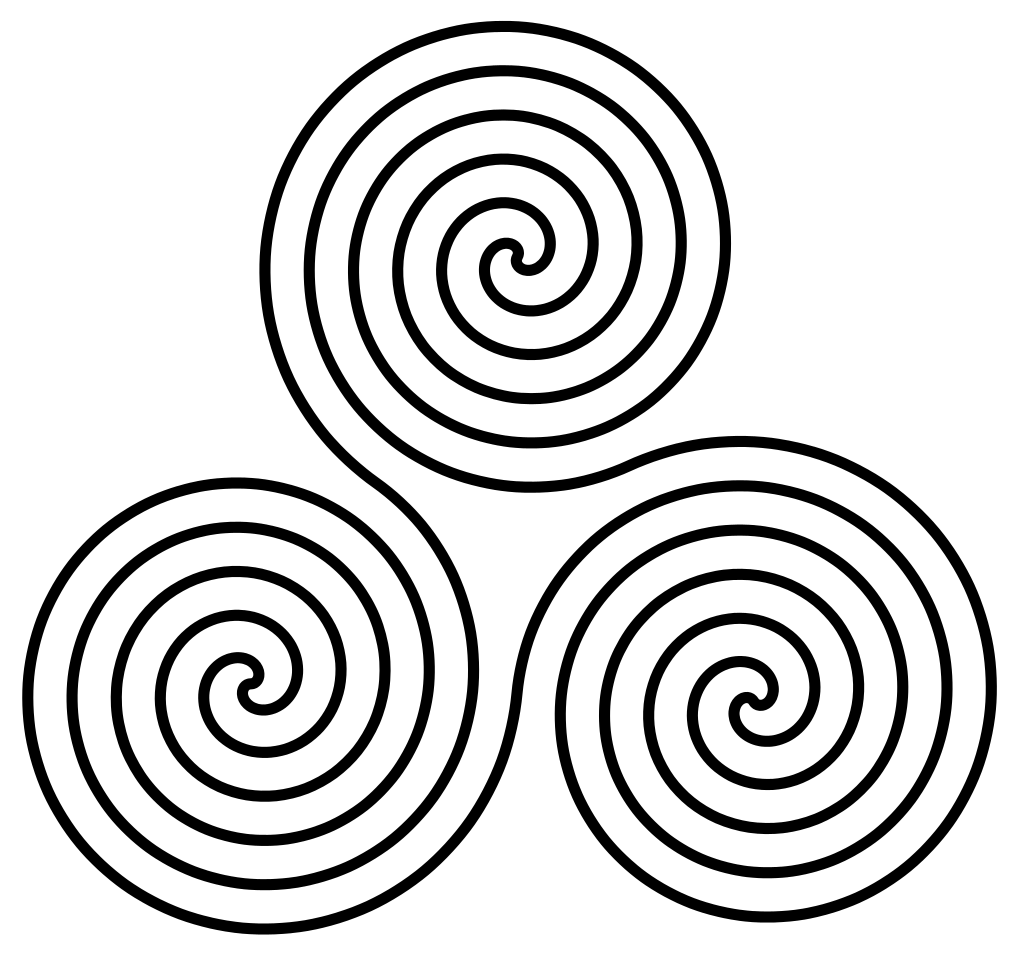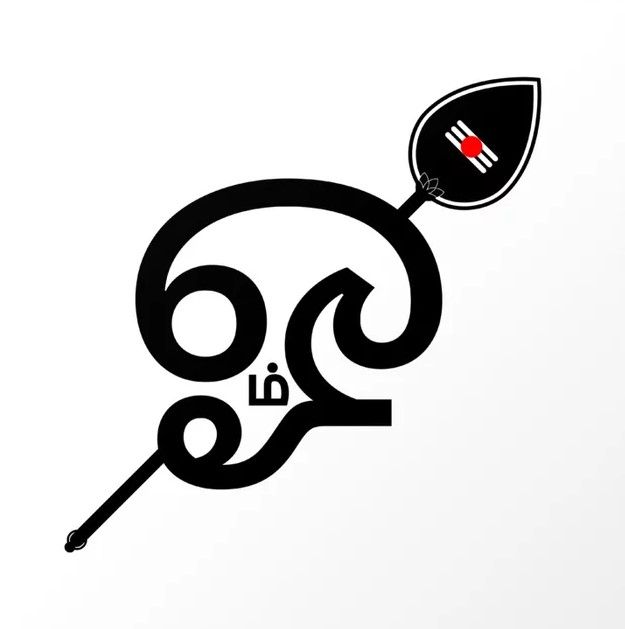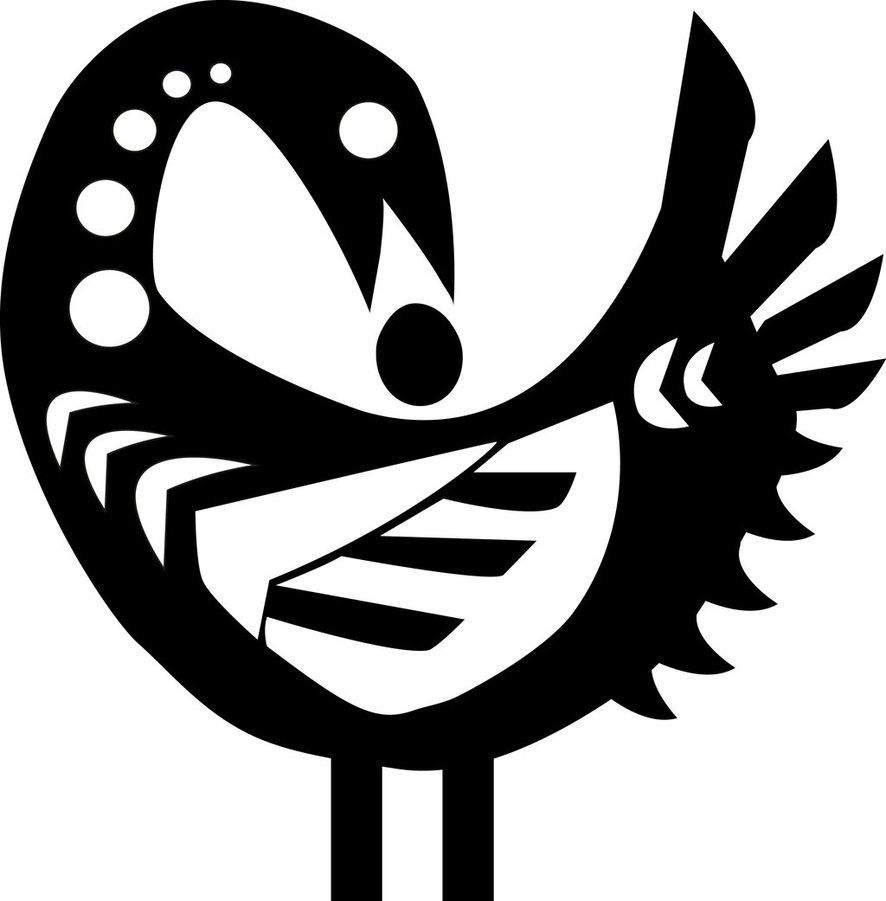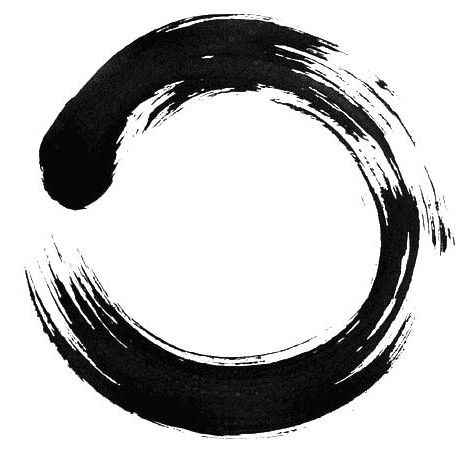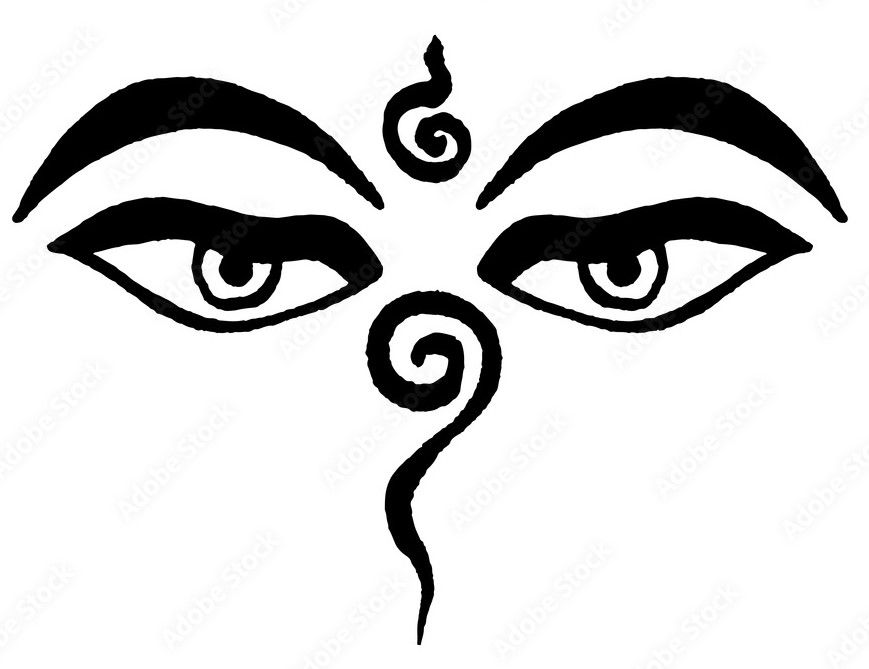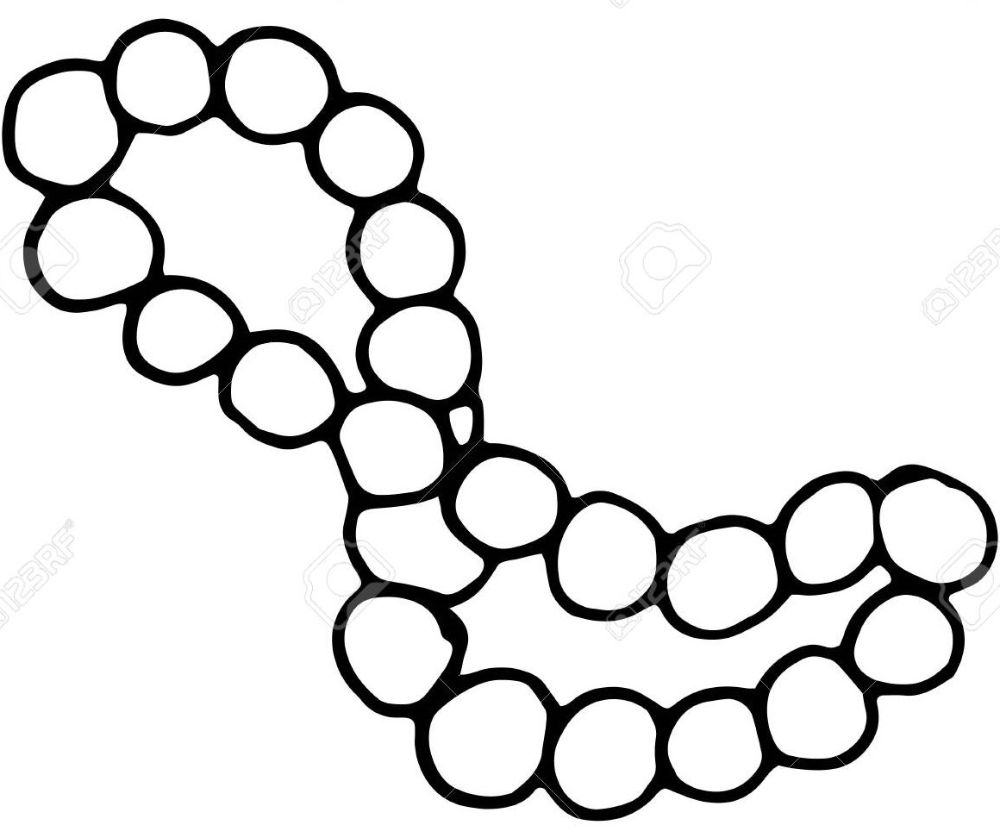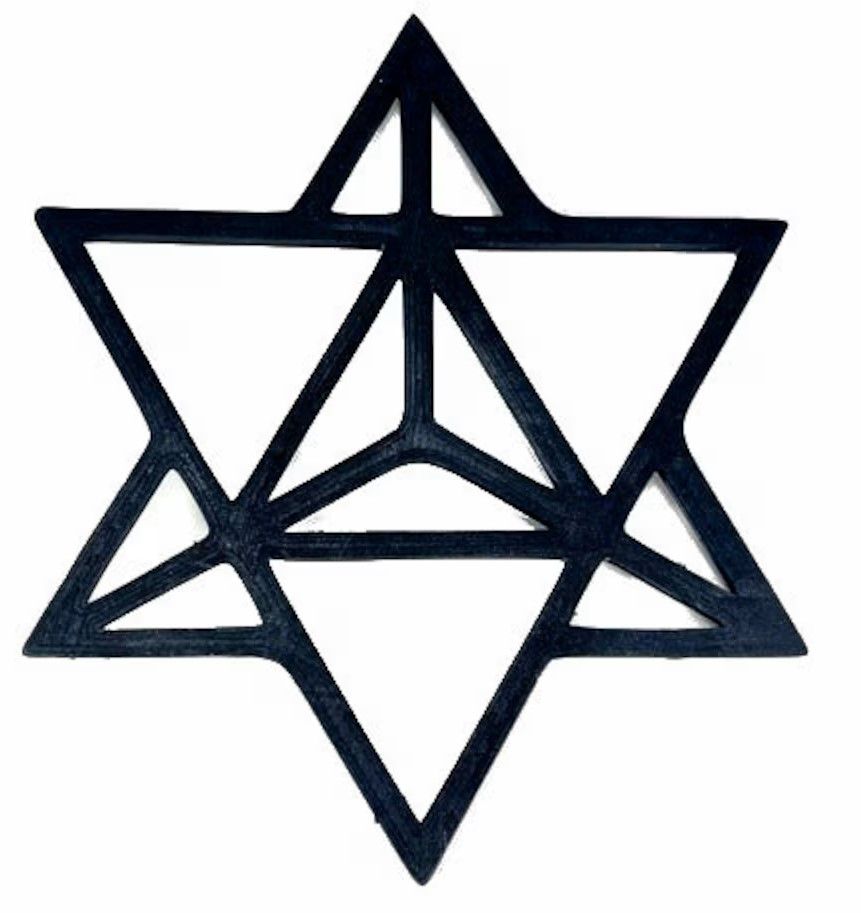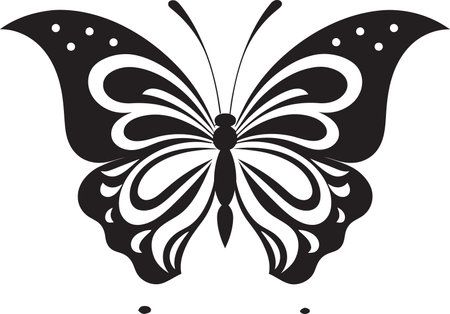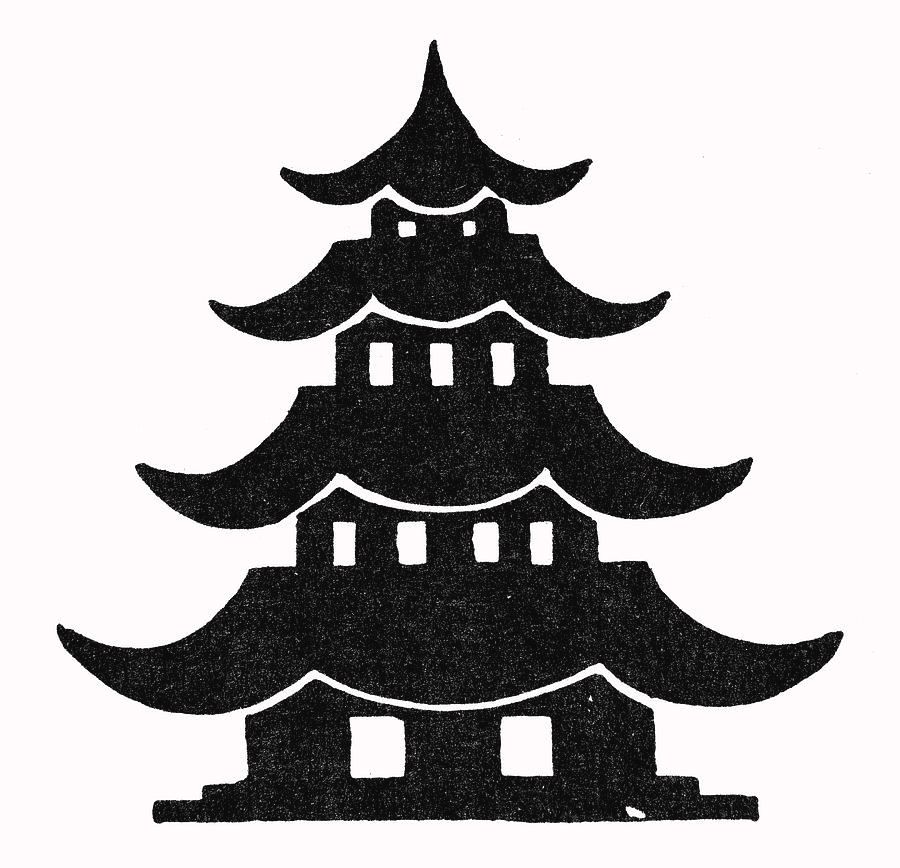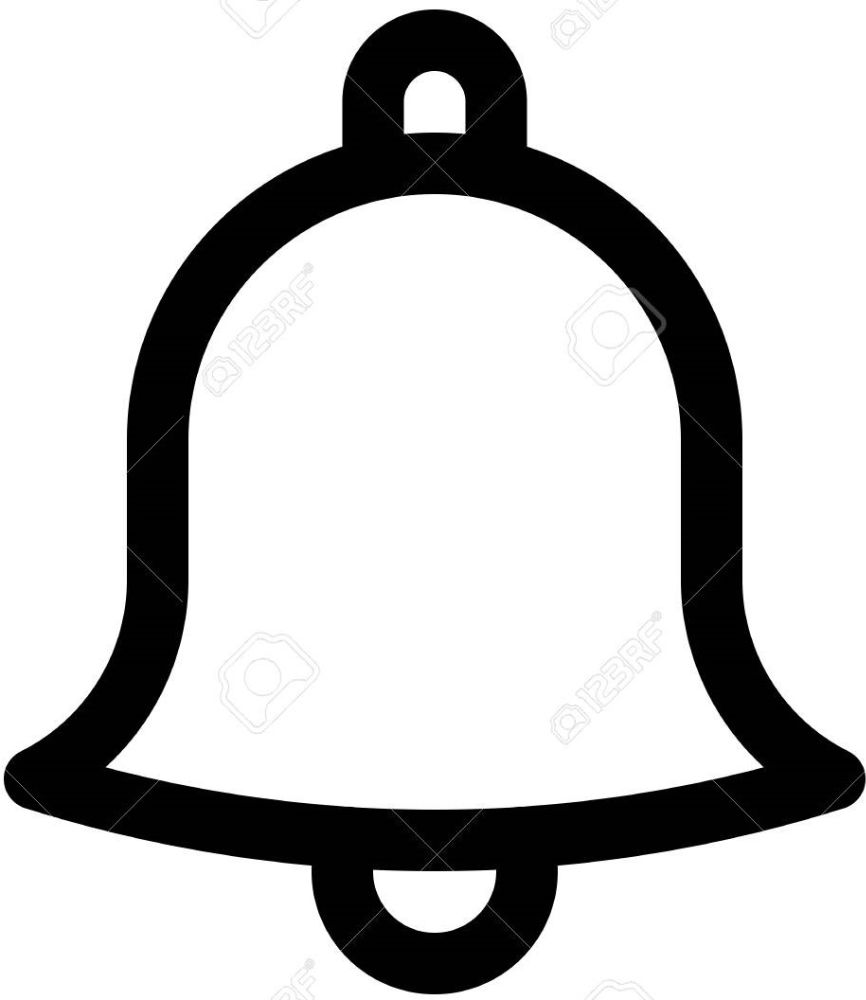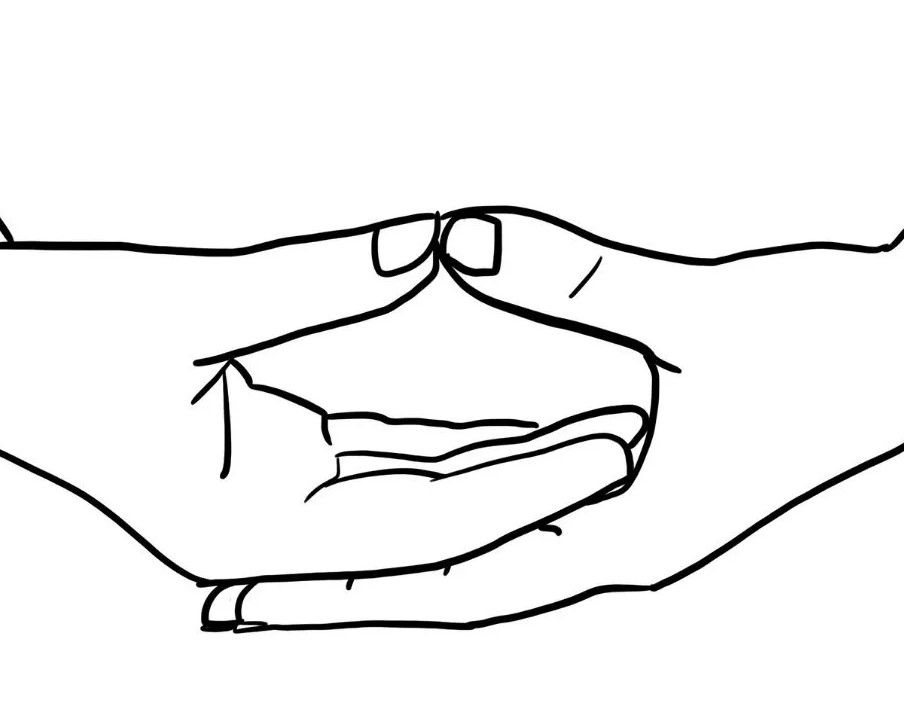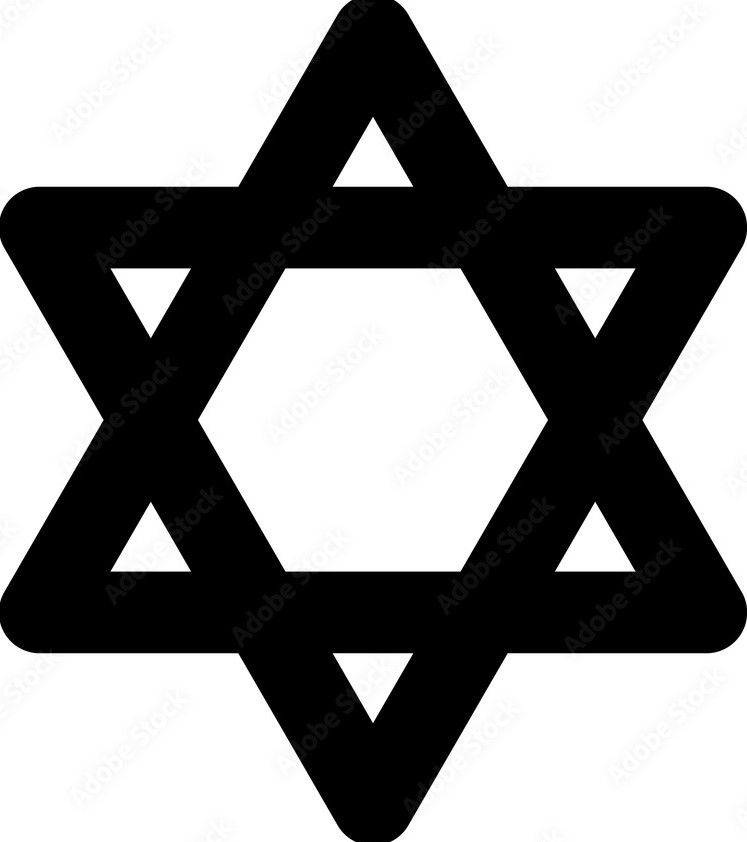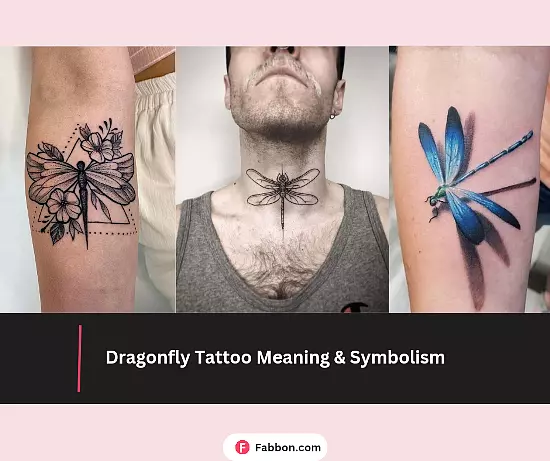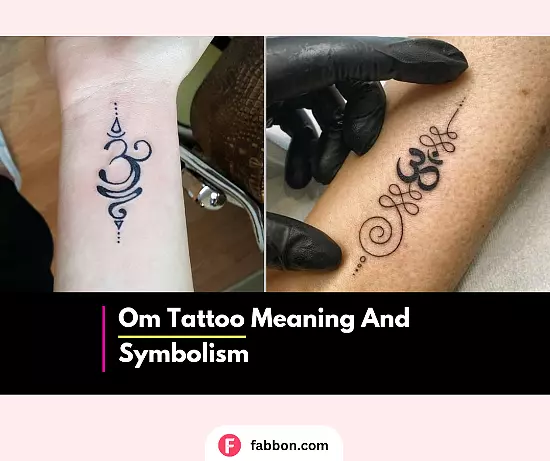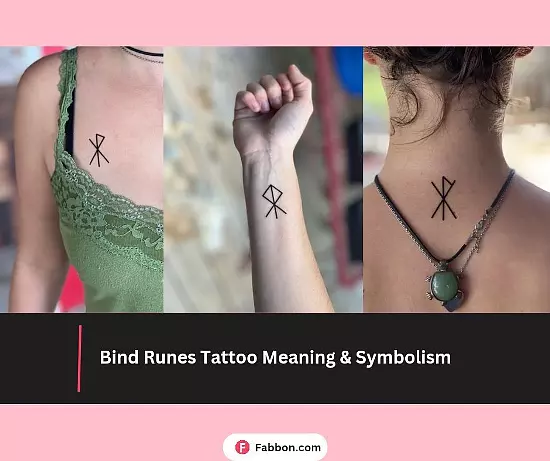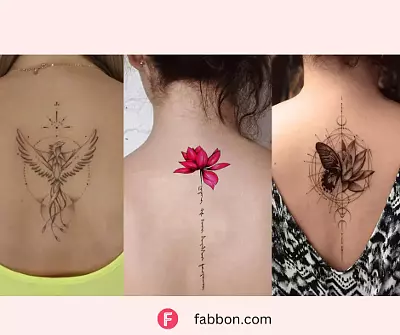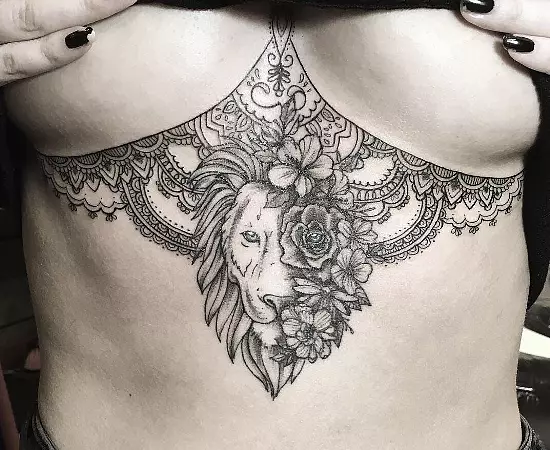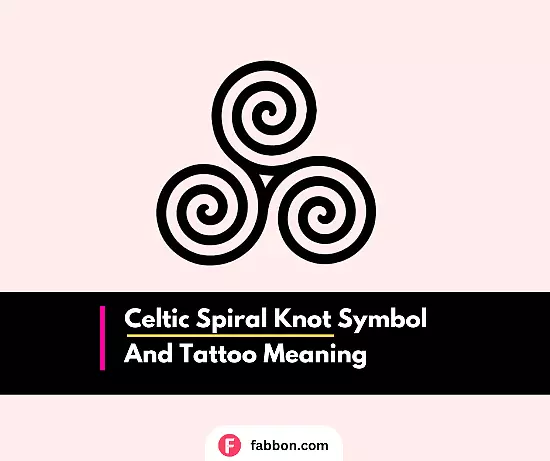35 Most Popular Symbols Of Spiritual Awakening
Rituparna Priyadarshini
Updated At 15 Jun 24
Symbols, in every corner and every religion have a spiritual significance that serve as carriers of messages and guidance from the Universe. They signify the journey of a human soul towards enlightenment and serve as guardian angels, providing seekers with a direction and destination. You can find these sacred symbols in several ancient texts, geometry. and even in your natural surrounding. But, have you ever tried to decode the message it brings forth? Have you ever thought about unraveling the wisdom that lies within it? We are here to shed light on a few such symbols that have great spiritual relevance.
35 Best Symbols Of Spiritual Awakening
1. OM
The all-encompassing OM is a sacred symbol that represents the Universe, the reality, past, present, and the connection of the bodily forms with the divine. It is considered as a pious and religious symbol in Hinduism, Buddhism and Jainism. The symbol is also representative of the human consciousness which is why its usage during meditations or Yoga, is intended to introspect the eternal bond with the soul and the heavenly spirits.
2. UNALOME
The unalome, a symbol of great importance in the Hindu and Buddhist religion, is considered to be a comment upon life, it's trials, tribulations and triumph. The spiral structure of the symbol is often compared to the good and bad times that human beings encounter in their parh towards attaining the ultimate goal 'nirvana'. It depicts that by facing the highs and lows of life can one attain peace, harmony and wisdom. Although it is an important symbol specifically for the Buddhist religion, it is often compared to Lord Shiva's third-eye.
3. Yin and Yang
Originally developed by the Chinese almost 3500 years ago, this ancient symbols represents the duality of the universe and everything within it. It is a symbolic representation of the good and bad, dark and light, ignorance and enlightenment, moon and Sun, and, male and female. Yin and yang stands for all the forces that are contradictory and complementary to each other.
4. HAMSA
The hamsa is a symbol representing the five fingers of a hand and is one of the popular spiritual tattoos. These five fingers have different meanings in different religions. However, it is often related to as a symbol of protection from evil eyes and from all other harmful elements. In many religions, such as in Islam, it is also attributed to the female divine figure, known as Fatima.
5. ENDLESS KNOT
Often regarded as highly valuable and significant in Tibetan and Buddhism, the endless knot symbol is a visual representation of the dependency of everything in the phenomenon. It states that every phenomenon is connected to the other and there is no beginning or end of things, that the human mind can easily decipher. In Buddhism, it is also a representation of wisdom and compassion.
6. LABYRINTH
The Labyrinth is often regarded as highly sacred to the Earth Goddess. The endless waves of the symbol that create a maze which has a single path from the centre to the exit, represents the soul's journey towards rebirth and reincarnation. Such maze-like designs can often be found on ancient sites, pillars, or even graves.
7. THIRD-EYE CHAKRA
Referred to as the sixth chakra in the body, this symbol is the point of self-realization, intuition, and the it is the path towards understanding one's reality, away from the duality. The two petals of the symbol are called Ida and Pingala, in Hinduism, and are two essential energies in the human body. The downward -triangle with the auspicious "Om" at the centre, is a sign of enlightenment and the human bond with the divine.
8. PINE CONE
The pine cone symbol has been worshipped for millions of years. It is usually associated with enlightenment, rebirth, reincarnation, and a comment on the invincibility of Mother Earth. In ancient times, the pine trees were resurrected and worshipped as deities as they were able to last for many years. For this reason, it is also considered as a sign of fertility. Moreover, the Pope also carries the symbol in his religious staff which is used in specific events and ceremonies.
9. SHAMAN'S EYE
The Shaman eyes, are in general considered to ward off evil eyes and attract positive energies. However, in the Native American tradition, it is considered a symbol of human connection with the spiritual world. The structure of the symbol has a deep-rooted meaning in which the four external corners represent the physical world. The inner four lines are considered the spiritual world and the eye at the centre is considered Shaman's eyes. This eye is hailed as powerful enough to look beyond the barriers of the physical world.
10. EVIL EYE MANDALA
The evil eye mandala is also an alluring symbol with petal-like swirls surrounding an eye at the centre. These petals are representative of human perseverance while the evil eye keeps all the negative energies at bay. You can often see these hanging in homes or offices, as they protect the wearer from the haunting eyes of those that intend to harm them.
11. INFINITY
The infinity symbol is the manifestation of the eternal nature of the Universe. The symbol does not have a beginning or an end and describes how everything in the world is interconnected in a simple manner. The sign also talks about the eternal and ever-lasting nature of love, and hope. It shows that there are endless possibilities and opportunities in life, that one must patiently wait for.
12. OUROBOROS
The Ouroboros symbol has its roots in the Greek and Ancient Egypt mythology. The serpent with its tail in its mouth shows the ever-lasting cycle of life. The imagery of the snakedevouring itself only to be reborn again from itself, talks about the unity of all things material and spiritual, whose forms keep transforming each time it is destroyed and recreated. One of the top meaningful tattoos, Ouroboros is pretty popular for anyone looking for tattoos with meaning.
13. BUDDHA HOLDING LOTUS
Although the Lotus symbol has religious and cultural significance in Hindu culture and many other Asian cultures, the Buddha holding lotus symbol specifically highlights the essential teachings of Buddhism. In Buddhism, the Lotus is considered as a symbol of purity and enlightenment. It also speaks about the spiritual progress of the soul and preaches the concept of detaching oneself from the materialistic delusions and rise above it like the lotus floats above the water in all its elegance and beauty.
14. GARUDA MUDRA
The Garuda Mudra, named after the Hindu deity Garuda, is practiced in Yoga and is a revered symbol in the Hindu culture. The practice of this mudra brings along a sense of freedom. It instills a new confidence and the passion to go after one's desired goals. When performed in Yoga it is said to have several mental, physical and emotional benefits and encourages perseverance and discipline in one's life.
15. OIL LAMP
The oil lamp symbol is a sign of prosperity, hope, and a way of invoking the divine grace and energy. The lamp represents the Three Lords or energies of the Universe, in Hindu Culture, namely Lord Brahma, Vishnu and Maheshwara. The fire represents Goddess Lakshmi and Saraswati. Therefore, the lamps with oil and flame signify warding off darkness through the light of enlightenment and knowledge of the divine which will ultimately lead one on a spiritual path.
16. TORCH
As darkness disappears when a torch is lit, likewise the torch symbol stands for light, victory, enlightenment, and freedom. It is a sign of freedom from the slavery of ignorance. The lighting of the torch calls for an awakening of the conscious and to get hold of one's reality. In the Bible, the torch is a sacred symbol that is seen as a manifestation of God.
17. KEY
Key symbols have several interpretations and myths attached to it. In religious texts, myths and historical events, keys have been a significant representation of mythical and spiritual beings. Moreover, keys can open the doors to endless possibilities, new journeys, transitions, and more. Therefore, this symbol stands as a rite of passage, showing one's progress from asking questions to finding answers.
18. SPIRAL
The spiral symbol is a comment upon life and the journey inwards. The rotating swirls represent the continuity of birth, death and rebirth and the fact that one can only attain true bliss by mastering inner peace and self-realization. This ancient symbol speaks that to love yourself you must understand yourself first which starts with introspection and meditation on the self.
19. TRISKELION
The triskelion, or the triad spiral is a representation of progress and advancement. With the appearance of a wheel, the three spirals represent the three main aspects of the cycle of life; birth-death-rebirth. It is also representative of all things good, bad and the normal. In Hinduism, the three spirals are also a form of the Brahma, Vishnu and Maheshwara.
20. VEL
In Hinduism, the vel or the spear is the weapon of the deities and divine figures. Each part of the vel has a significance such as the shaft, is the body or the spine or the years of leaning that ultimately leads towards gyana or knowledge. The wider part above the shaft represents the mind and the consciousness which enlarges or widens after gaining knowledge of the ultimate truth. Lastly, the top part, a pointed top represents the single point where all efforts, knowledge and wisdom merge into self-realization.
21. FEATHER
Feather symbols have significance in various cultures and religions. It is often worn in certain communities as a mark of their reverence to the spiritual realm and the heavenly bodies. Therefore, it is often considered as a mark of the presence of supernatural beings who cannot be discerned by the common eyes. It also stands for truth and justice, as derived from Egyptian mythology. In Christianity, feathers are a symbol of one's prayer, belief and faith. Apart from these, many also assign meaning to feathers based on which species of bird it belongs.
22. SANKOFA
The Sankofa symbol is taken from the Ghana culture. It represents a bird with its face turned backwards and it has an egg in its mouth. In the Akan culture there is a saying which translates that to make the right decisions in future, one must look back at the past. While the turned head of the bird represents an assessment of the past, the egg in its mouth signifies the future that awaits.
23. ENSO
Sacred to the Zen Buddhist, the enso symbol looks like a single brush stroke circle with an open-end which also opens it up for interpretation. The symbol also holds a lot of significance in Japanese culture and is therefore, known as the Japanese circle. The single brush stroke also signifies that we must take life as it is and appreciate the imperfections as well. It is a symbol of enlightenment, strength, elegance, inner peace and the Universe.
24. BUDDHA'S EYES
The Buddha's eyes symbol speaks of Buddha's vision of the world beyond the perceivable physical realm. It is representative of the powers to look beyond the discernible world, that one can attain through meditation. As a beacon of hope, this symbol talks about how one can ward off the evil darkness of ignorance by embracing enlightenment and knowledge.
25. 108 BEADS
The 108 beads symbol is of great relevance in Hindu, Jainism, Buddhism and Christianity. The 108 number stands for spiritual attainment. In the Vedic texts, the number is considered the point of, creation and ultimate consciousness that all are equal and one. The number also signifies the distance between the almighty and the human soul that is why when one rolls the bead while chanting mantras it is said to send positive vibrations and take one closer to divinity.
26. MERKABA
The merkaba, otherwise known as the light vehicle constitutes the two string energies of the Universe and the Cosmos. While the top half represents the masculine force, the bottom half of the star is a symbolic representation of the feminine energy. When the two forces come together it forms a vehicle that ferries the human body and soul across the spiritual realms to a higher consciousness.
27. NEA ONNIM NO SUA A, OHU
The adinkra symbol originated from West Africa and is widely used in spiritual establishments in Ghana, is a symbolic representation of humanity's life long search for knowledge. NEA ONNIM NO SUA A, OHU, means "He who does not know can know from learning." It implies that man's search for knowledge should be limitless and that a man who restricts his quest for knowledge can never truly know all that he should know.
28. BUTTERFLY
The butterfly symbol, much like the insect itself, is a sign of rejuvenation and rebirth. Much like the insect that flies out of the cocoon in a new and refreshing form, the symbol signifies the transformation of human beings after overcoming challenges and obstacles. The beauty of the butterfly is also indicative of the vigour that takes centre stage as one emerges victorious from life's challenges. In many cultures, these creatures are also considered as guiding angels who appear at crucial times to guide you and bring you joy and happiness.
29. BODHI TREE
The Bodhi tree holds a broad significance in Buddhist culture. It is considered as the holy tree representing wisdom. The leaves of the tree stand for the interconnectedness of all life on the Earth and is the symbol of spiritual awakening by forming a higher connection with the preachings of Lord Buddha.
30. PAGODA
In the Buddhist culture practised in Japan, the Pagodas are considered to be the holy shrine that stores religious texts and scriptures. The symbol shows the levels of spiritual progress that the human soul reaches as it goes on exploring and unraveling the mysteries of one's life. It pursues human beings to get away from the chaos of their everyday life and seek inner peace through the enlightening journey towards a higher realm.
31. EYE OF HORUS
Descended from the myths of Ancient Egypt, the eye of horus is a part of the God Horus, the Sky God. The God had the body of a man with the head of a falcon with each eyes representing the sun and the moon. It is said that it is his left eye, the moon that is represented in the symbol, which stands for knowledge and wisdom. The eyes are also a sign of healing, health, and the six senses of the human body. It is said that one who attains the ultimate wisdom, attains the third eye.
32. BELL
The bell is often considered a religious symbol in the Indian, Iranian, Greek, Egyptian and other such cultures. The bell is a sign for something new, a new beginning or a new discovery. At the same time, it is also indicative of an ending, a warning, or need to get things in order. In Vedic culture, the bell is representative of the body of the God and is considered as sacred to all the deities.
33. DHYAN MUDRA
The dhyan mudra is a symbol that is created during yoga or meditation and originated from Buddhist culture. The triangular shape one creates while making the mudra is a sign of the holy fire. This symbolic gesture shows a state of fearlessness that human beings reach after practising medication. It is formed to welcome prosperity of the soul and mind, and peace and let go of the fear and worries.
34. STAR OF DAVID
The star of David is a highly significant religious symbol that identifies with the Jewish religion. There are several interpretations of it but the general notion is that it is a symbolic representation of the connection between the divine forms and the humankind. The six sides of the star is often compared to the six days within which the world came into existence with God taking the shape of the Hexagon at the centre. It talks about unity, protection and that the Almighty is at the centre of everything.
35. SWASTIKA
Having been created almost 7000 years ago, the Swastika symbol is a common sight on Mesopotamian coins. It represents prosperity and well being and has a lot of religious relevance in different cultures such as Hinduism, Christianity, etc. In Buddhist culture, the four arms of the Swastika are considered as the four points of rebirth and also as the feet of Buddha. It is an auspicious symbol which is created or used before starting any important work.


